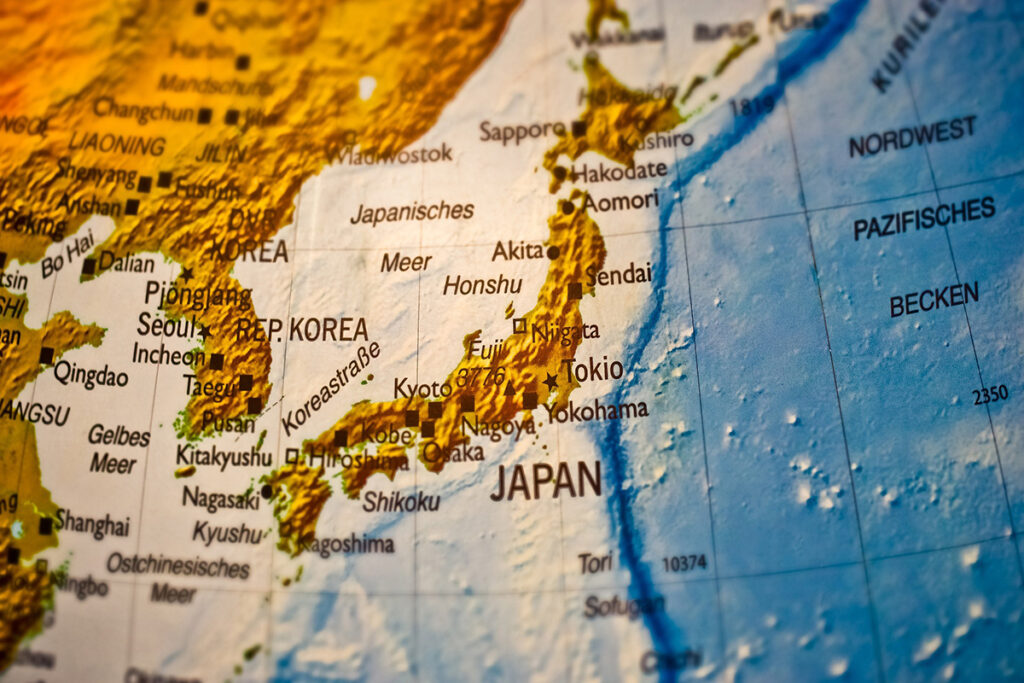In a testament to human resilience and the unpredictability of nature, Japan is grappling with the aftermath of a series of powerful earthquakes that have left a trail of destruction along its western coast. The calamity, which began with a 7.6 magnitude quake on Monday, has claimed at least 94 lives and left 222 people missing.
In a remarkable instance of survival, a woman was rescued 72 hours after the initial quake. This event symbolizes the ongoing search and rescue operations across the affected regions, where every moment is a race against time. In Suzu, a city severely hit by the quakes, an elderly man was extracted alive from a collapsed home, a moment of hope amidst the devastation.
The impact has been particularly severe in the Ishikawa Prefecture. Wajima and Suzu, two of the hardest-hit cities, have reported 55 and 23 fatalities, respectively. The overall injury toll has surpassed 460, with at least 24 in serious condition. The disaster has not only claimed lives but also altered geography, with reports indicating a shift of the sandy coastline by up to 250 meters seaward in some places.
The quakes have set off a series of secondary disasters, including large fires in Wajima, and triggered tsunamis and landslides across the region. These events have compounded the challenges, severing routes and hampering rescue and relief efforts. Essential supplies like water, food, blankets, and medicine are struggling to reach some communities.
In response to this crisis, international aid has started to flow in. The United States has announced an aid package of $100,000, including essential supplies. Meanwhile, Japanese Dodgers major leaguer Shohei Ohtani has also pledged support for the Noto area, though the details of his contribution remain undisclosed.
The Japanese military has deployed thousands of troops to aid in rescue operations, particularly focusing on the Noto Peninsula, which bore the brunt of the quake. However, the situation in evacuation centers is becoming increasingly dire, with about 34,000 people, many elderly, facing the risk of disease and other hardships.
Locals have shared their struggles and resilience in the face of this disaster. Masashi Tomari, a 67-year-old oyster farmer from Anamizu city, spoke of the harsh conditions, including the lack of heating and adequate shelter. Despite the darkness enveloping his home and the region’s power outage, the spirit of rebuilding is strong among the residents.
Business owners like Sachiko Kato in Anamizu and Tsutomu Ishikawa of a resin company in the region echo this sentiment. Despite the extensive damage to their properties and the emotional toll, they are determined to rebuild. This determination is a common thread binding the community, even as they face the daunting task of reconstruction.
The region, celebrated for its rich tradition in crafts like lacquerware, ceramics, and kimono fabric, has seen many of these cultural heritages bear the brunt of the quake’s fury. Yet, the resolve to restore and continue these traditions remains unshaken.
As the region braces for more aftershocks and challenging weather conditions, the path to recovery appears arduous. But the spirit of resilience and solidarity shines through, offering hope in the face of adversity.


